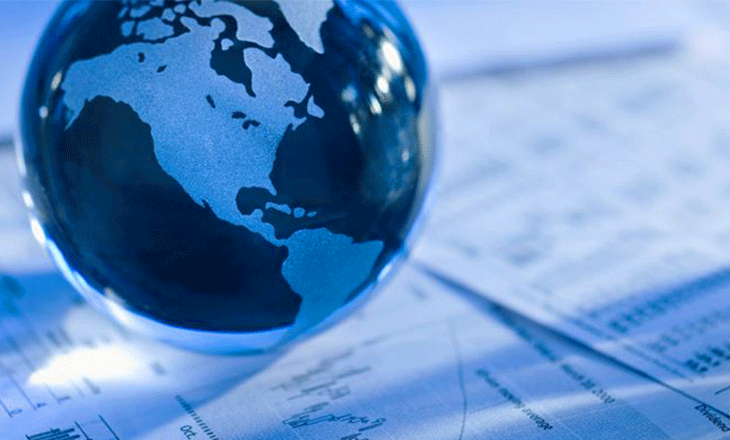LeapRate Exclusive… Global economic growth fell to its lowest level in three years and is now on its way to stability, but the recovery momentum is fragile and at high risk.
International trade and investment were weaker than expected at the beginning of the year. Economic activity in the major developed economies, especially the euro zone, and some emerging markets and major developing economies was more flexible than previously expected.
This is reflected in the World Bank’s World Economic Report of June 2019: Tightening Tensions and Poor Investment, which is expected to recover in emerging and developing economies next year, allowing investors to open a trading account with a forex broker to take advantage of emerging currencies’ Where unrest and uncertainty hit a number of countries late last year and this year.
There are a number of risks that could erode this delicate momentum: the escalation of trade disputes between the world’s largest economies, the renewed financial market turmoil in the economies of emerging markets and developing countries, or a sudden decline in economic growth in larger economies than current projections suggest.
Achieving stronger economic growth is a necessary factor to reduce poverty and improve living standards, but at present the momentum of economic recovery remains weak, high debt levels and weak investment growth in developing countries make countries unable to realize their full potential,” said World Bank Group President David Malpas. “It is urgent for countries to undertake major structural reforms that will improve the business climate and attract investment, and should put debt management and transparency at the top of their priorities so that new debt can boost growth and investment.
The report stressed that achieving equitable growth is necessary to alleviate poverty and promote common prosperity, so emerging market economies and developing countries should strengthen their protection from the sudden economic recession.
Economic policymakers and their citizens face many critical issues that hamper the momentum of improvement in this fragile environment. This issue of Outlook Global Outlook addresses a number of these issues:
The recent increase in debt levels increases the urgency of carefully selecting projects for maximum benefit, improving debt management and increasing loan visibility.
Weak investment in the economies of emerging markets and developing countries raises concerns about how these economies can meet the broad investment needs needed to achieve the development goals.
The focus of poverty in low-income countries raises questions about overcoming obstacles to accelerating growth in those economies.
Risk of renewed financial market chaos It is important that central banks and monetary policy frameworks have the flexibility to limit the transitional effects of devaluation on inflation.
The World Bank publishes the World Economic Outlook twice a year, in January and June, as part of its in-depth analytical work on major global macroeconomic developments and their impact on member countries. The report provides valuable information to support the achievement of development goals, a resource that has the confidence of client countries, stakeholders, civil organizations and researchers.
Dealing with debt
Rising levels of debt are raising increasing concern. Many emerging market economies and developing countries borrowed large sums and hard-won cuts to public debt levels eroded before the global financial crisis. Emerging markets and developing economies’ debt on average jumped 15 percentage points to 51 percent of GDP in 2018.
The accumulation of debt can be justified by the need for growth-enhancing projects such as investments in infrastructure, health care and education. The World Bank’s analysis concludes that low- and middle-income countries will need between $ 640 billion and $ 2.7 trillion in investment per year to meet their development goals by 2030. Moreover, prudent spending policies Government countries in overcoming the slowdown of economic activity.
But over-leveraging is very risky. Even in the context of low interest rates, debt may accumulate to unsustainable levels. When large amounts of revenue are spent by the Government to serve the debt burden, the Government reduces expenditures for other important activities. Rising levels of debt in the minds of investors and consumers also raise the possibility that governments may eventually raise taxes to curb the budget deficit, which undermines the spending of businesses and consumers. In extreme cases, high debt levels may lead to defaults and recourse to bailouts.
So what is the extent to which the level of debt is excessive? Every government must strike the right balance. Governments with sound public budgets may find that borrowing to promote growth is a good thing. Economies experiencing fiscal turmoil may need to be more cautious and find ways to boost their revenues first.
Borrowing economies will benefit from better debt management and greater transparency on debt. But leveraging should be for the purpose of maintaining stability and maintaining resilience and resilience to shocks.
